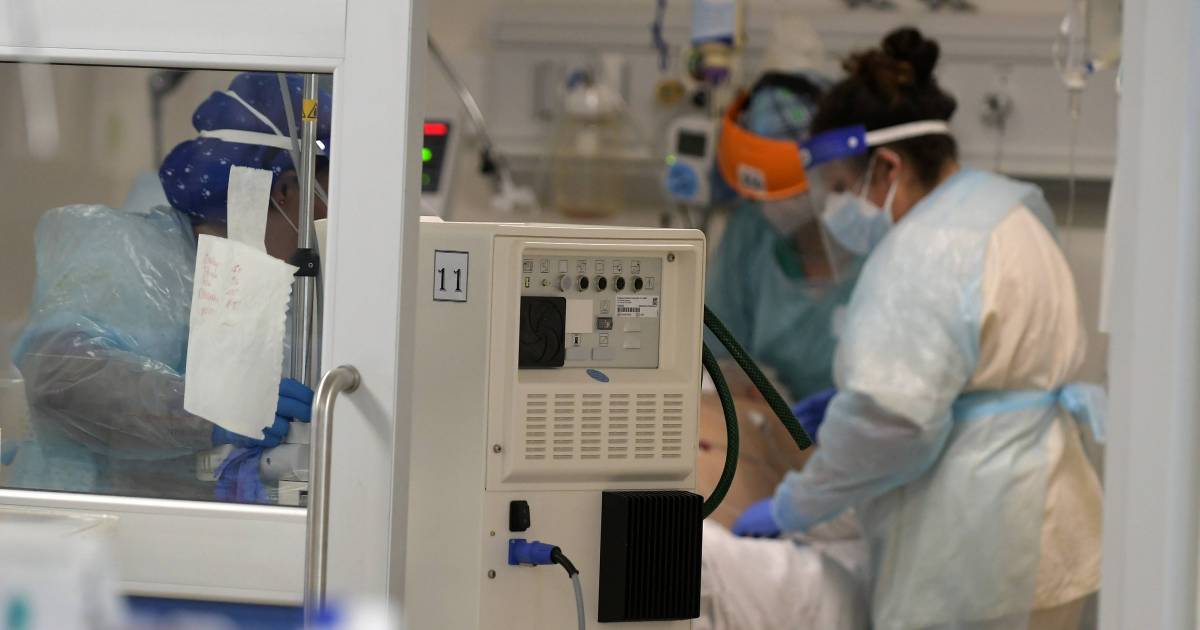
The study “COVID-19: Short-term forecast of ICU beds in times of crisis” carried out during the pandemic by Marcel Goic, a researcher at the Instituto Milenio MIPP and an Industrial Engineering academic at the U. de Chile, together with other authors, allowed provide the Ministry of Health with a data-based tool to make quick decisions on the occupation of ICU beds in a pandemic.
At the start of the pandemic, the rapid increase in COVID-19 infections began to threaten the capacity of health services. This led the Ministry of Health to take control of all ICU beds in the country to coordinate public and private hospitals in a single system. In addition, it promoted the addition of ICU capacity and the interregional transfer of patients to the least congested cities, due to the worrisome ICU bed occupancy rate, which reached more than 95% in Santiago.
To make this management possible, a detailed forecast of how many beds would be needed in each region was necessary. A research team led by the Instituto Milenio MIPP researcher, Marcel Goic, carried out the study “COVID-19: Short-term forecast of ICU beds in times of crisis” and developed short-term prediction models of ICU occupancy for all the regions.
The estimation of the impact of these models showed that they were useful to avoid approximately 850 deaths, since the forecasts of this investigation had a high precision. Marcel Goic explains that the accuracy of the forecasts was essential, because “an underestimation of beds could have left patients without critical treatments, and at the same time an overestimation of beds was costly.”
The forecasts were based on compartmental models. In each region, the behavior of the ICU process was described, balancing the inflow and outflow of patients in three different states: number of infected individuals who showed symptoms of COVID-19; number of critically ill who needed an ICU bed; and number of individuals who were discharged from the ICU.
Goic says that for the model “the probabilities of the evolution of the patient’s condition were considered, taking into account the characteristics of each one. We produced 56 UCI reports with intuitive graphical summaries, which were tailored for decision makers to make a quick assessment.”
To use these models, precise estimates of the relevant epidemiological and clinical parameters were needed, which for the specific case of Covid-19, could change rapidly over time. Also, since SARS-CoV-2 was a new virus, it required continuous learning by medical teams.
In this line, the Chilean Society of Intensive Medicine specified that as the pandemic progressed, fewer intubations were carried out, since the most serious patients were diagnosed better and this implied a longer duration of their stays in the ICU due to the lower turnover.
MIPP Chile 2024